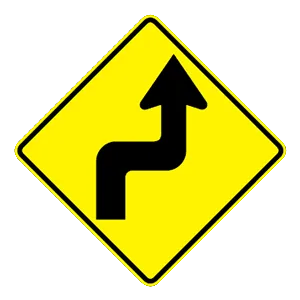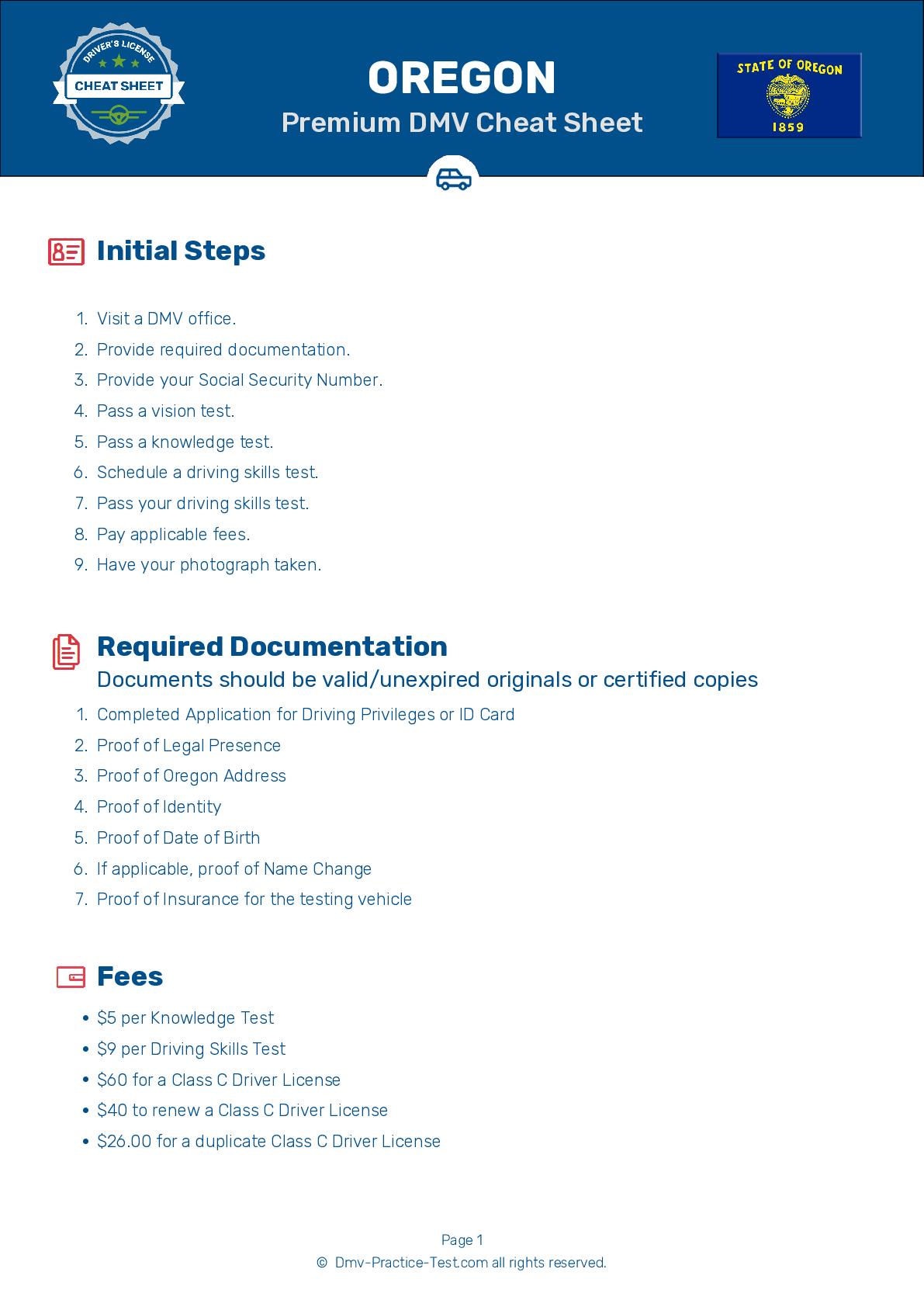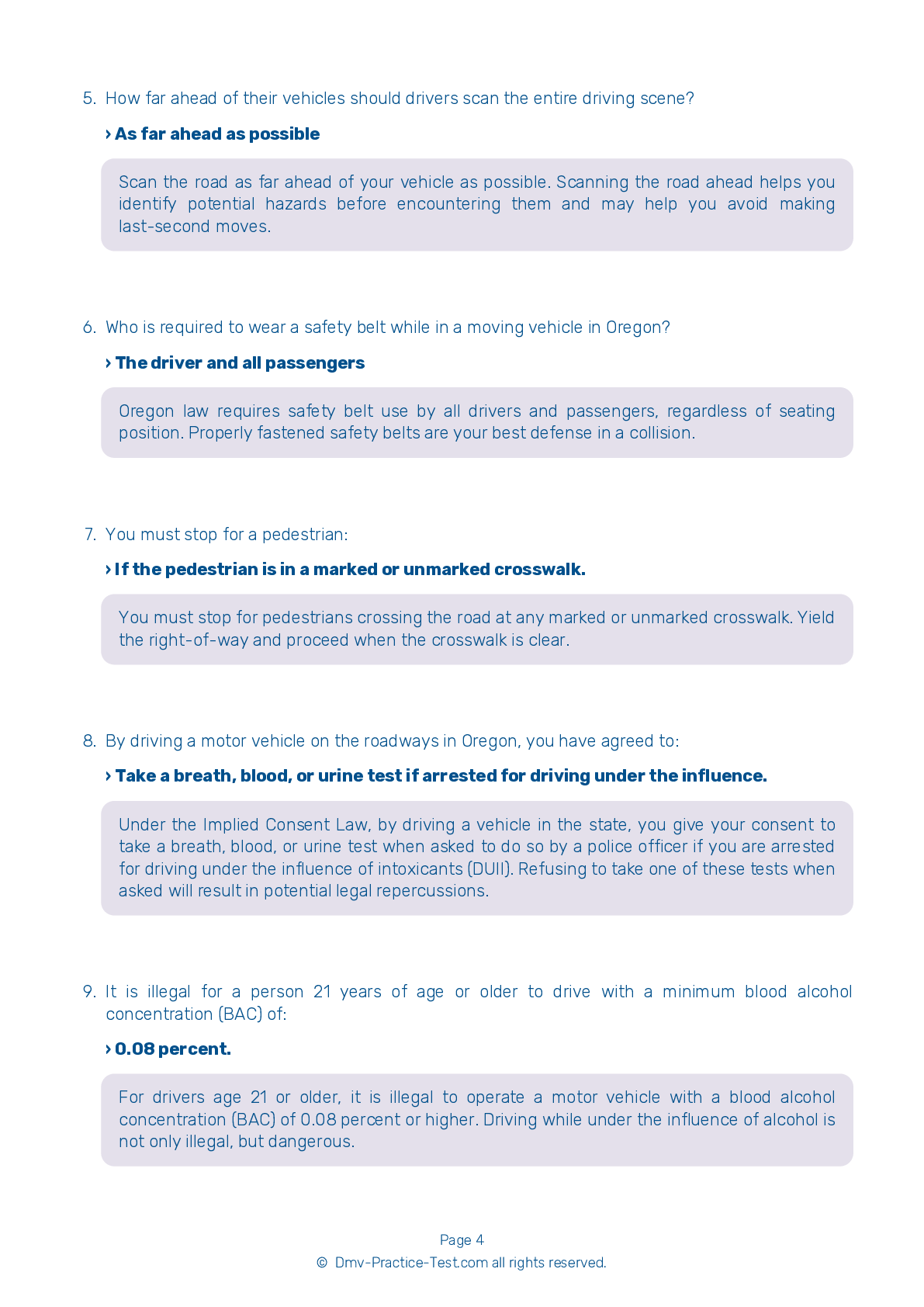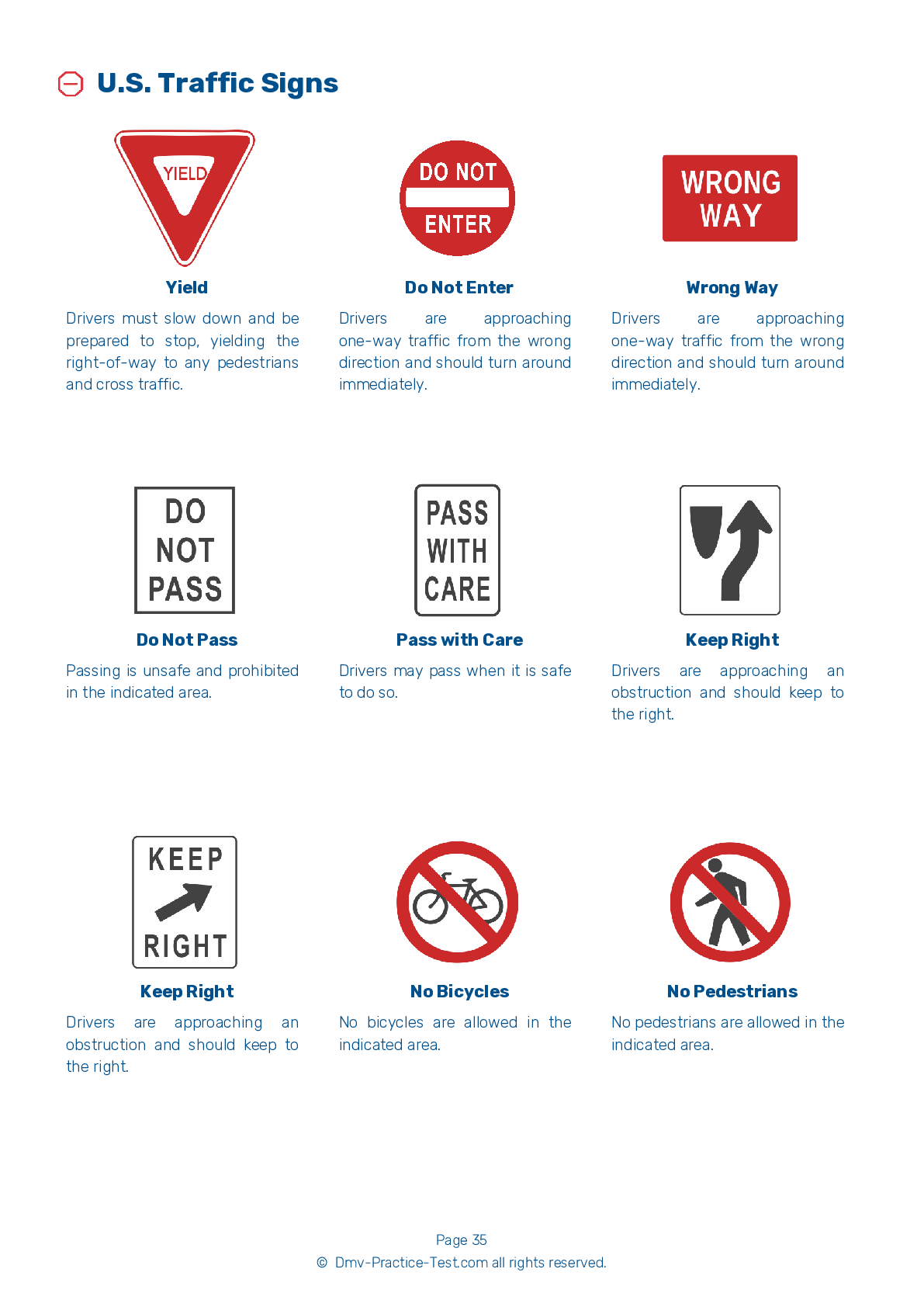FREE Oregon DMV Practice Test #8 Page 3 of 5
The practise exams for the Oregon DMV have been updated for January 2025. It includes questions based on the most important traffic signals and regulations for 2025 from the Oregon Driver Handbook. To study for the DMV driving permit test and driver's licence exam, use actual questions that are very similar (often identical!) to the DMV driving permit test and driver's licence exam.
Each question on the practise exam has a tip and explanation to help you recall the ideas. Questions about traffic rules, traffic signs, and driving statutes, as well as knowledge from the Driver Handbook, will be included in the written portion of the official Oregon DMV test.
You must properly answer 28 of the 35 questions to receive a passing mark. Use the Oregon Department of Motor Vehicles' practise exam to help you prepare for your instruction permit or driver's licence.
The DMV exam is offered in a variety of languages.
Using any form of testing help will result in an automatic fail, and the DMV may take further action against your driver's licence, so avoid it.
15 . A person who drives much slower than the speed limit:
Driving more slowly than the flow of traffic can be hazardous. If you are on a two-lane, two-way road and driving so slowly that traffic is backing up behind you, you are required to pull off the road and let the other vehicles pass. Only drive significantly under the speed limit when conditions require it.
16 . You want to back out of your driveway. You see children playing nearby. Before you start to move your car, you should:
When you back up a vehicle, look through your back window for pedestrians and other obstacles. Do not rely only on your mirrors, especially when children are near. Before you back into or out of a driveway, get out of the vehicle and check behind your vehicle.
17 . This road sign means:

This sign indicates that the road ahead will turn sharply to the right and then to the left.
18 . If involved in an accident, a driver should:
If you are involved in an accident, you must stop at or near the scene. Move your vehicle out of the way of traffic, if possible. Do not stand or walk in traffic lanes as you could be struck by another vehicle. Turn off the ignitions of wrecked vehicles.
19 . You may honk your horn when you:
One situation where it is appropriate to use your horn is if you lose control of your vehicle. In this case, sound your horn to alert other drivers.
20 . On long trips, you can prevent drowsiness by:
To prevent drowsiness on long trips, you should schedule regular stops. Give yourself time to rest and stretch, even if you are not feeling tired.
21 . If you are convicted of a DUII and it is your first offense, how long will your driving privileges be suspended?
A DUII conviction will result in a license suspension for one year if it is the driver's first offense.
See the exact questions that will be on the 2025 Oregon DMV exam.
99.2% of people who use the cheat sheet pass the FIRST TIME
LT gives us an insight on how the cheat sheet provided her with all the study questions she needed before taking her test.
Joe initially studied with the handbook and failed his test, he eventually found us online, studied and pass his test the first time around.



